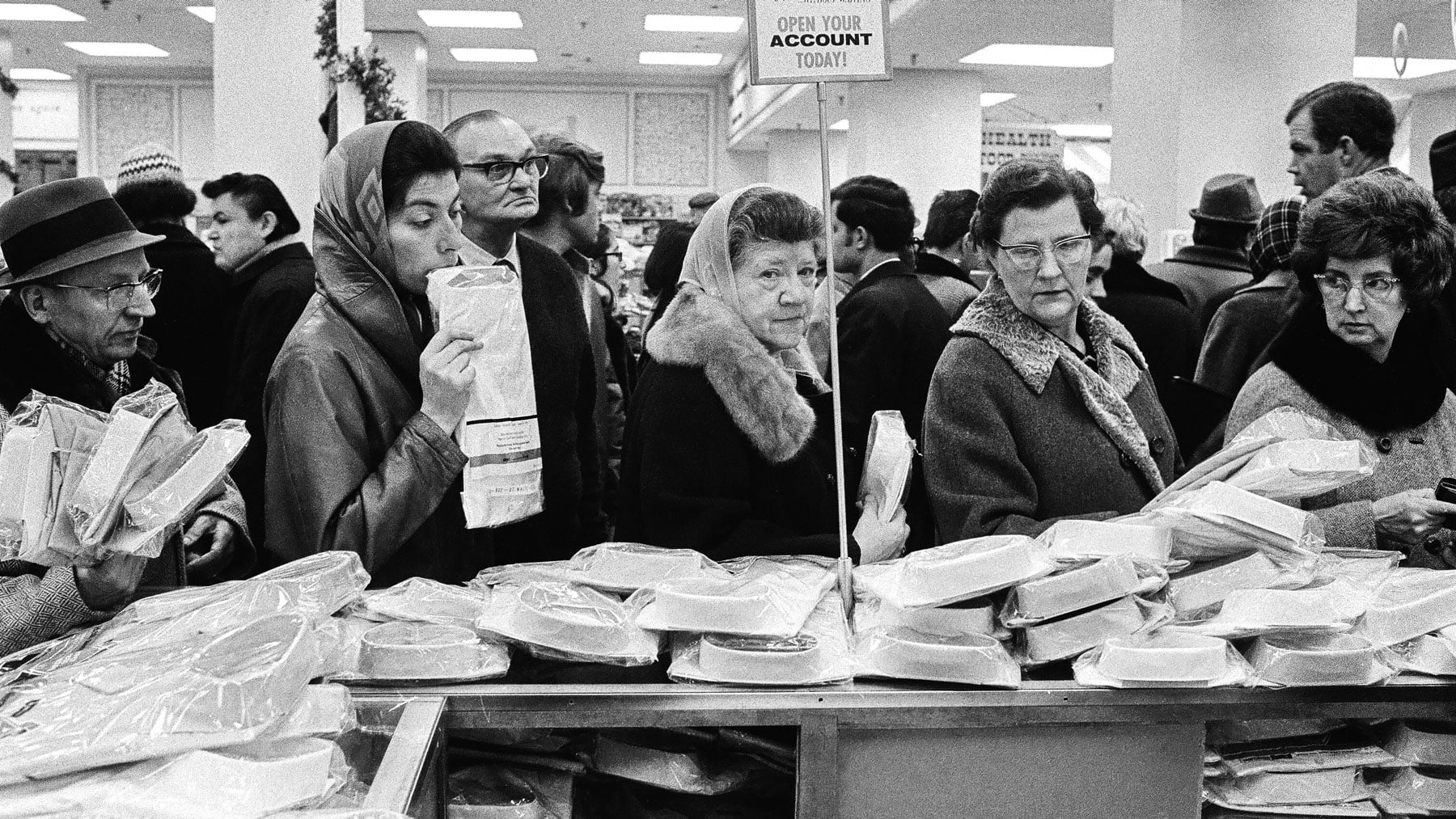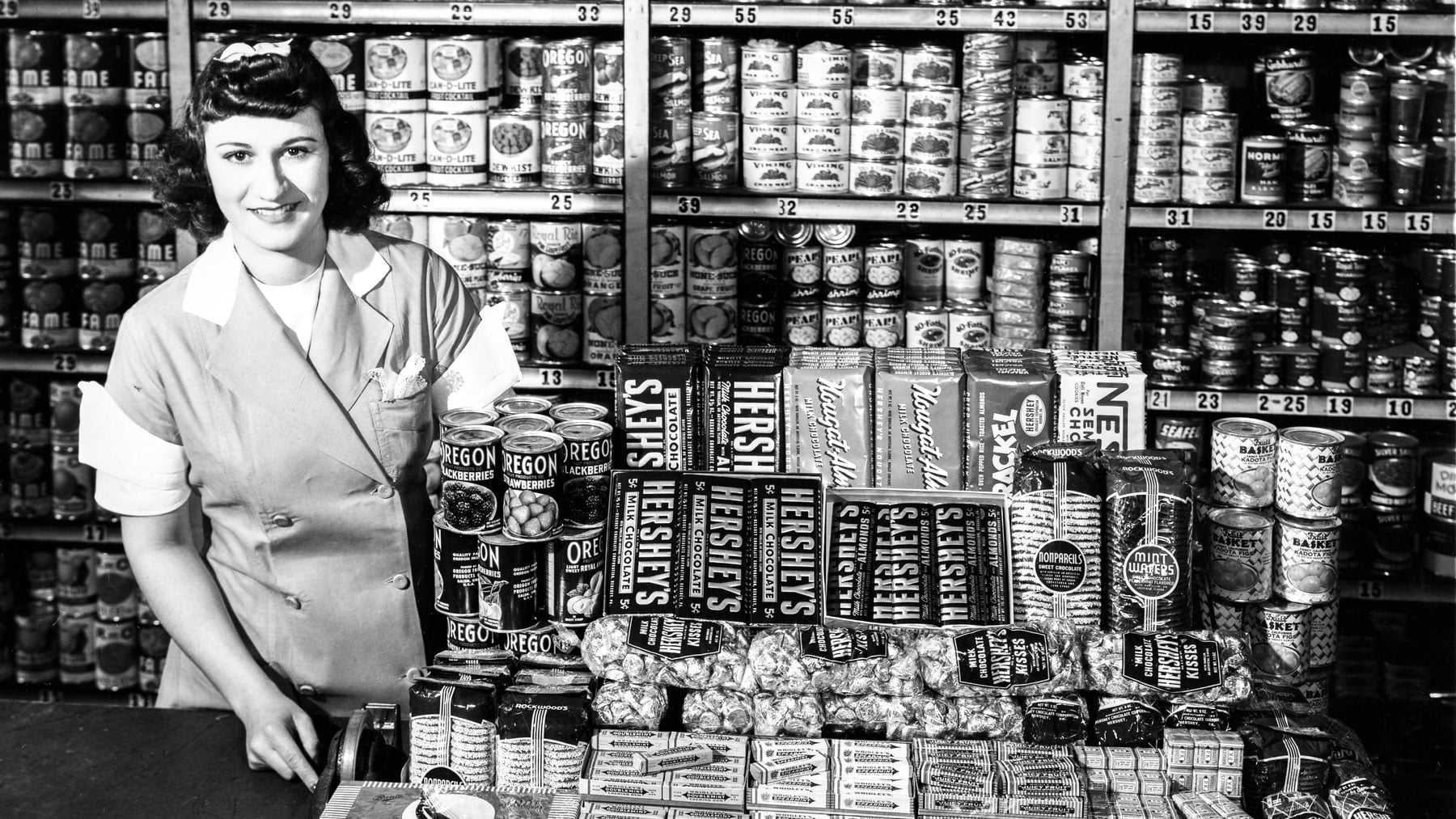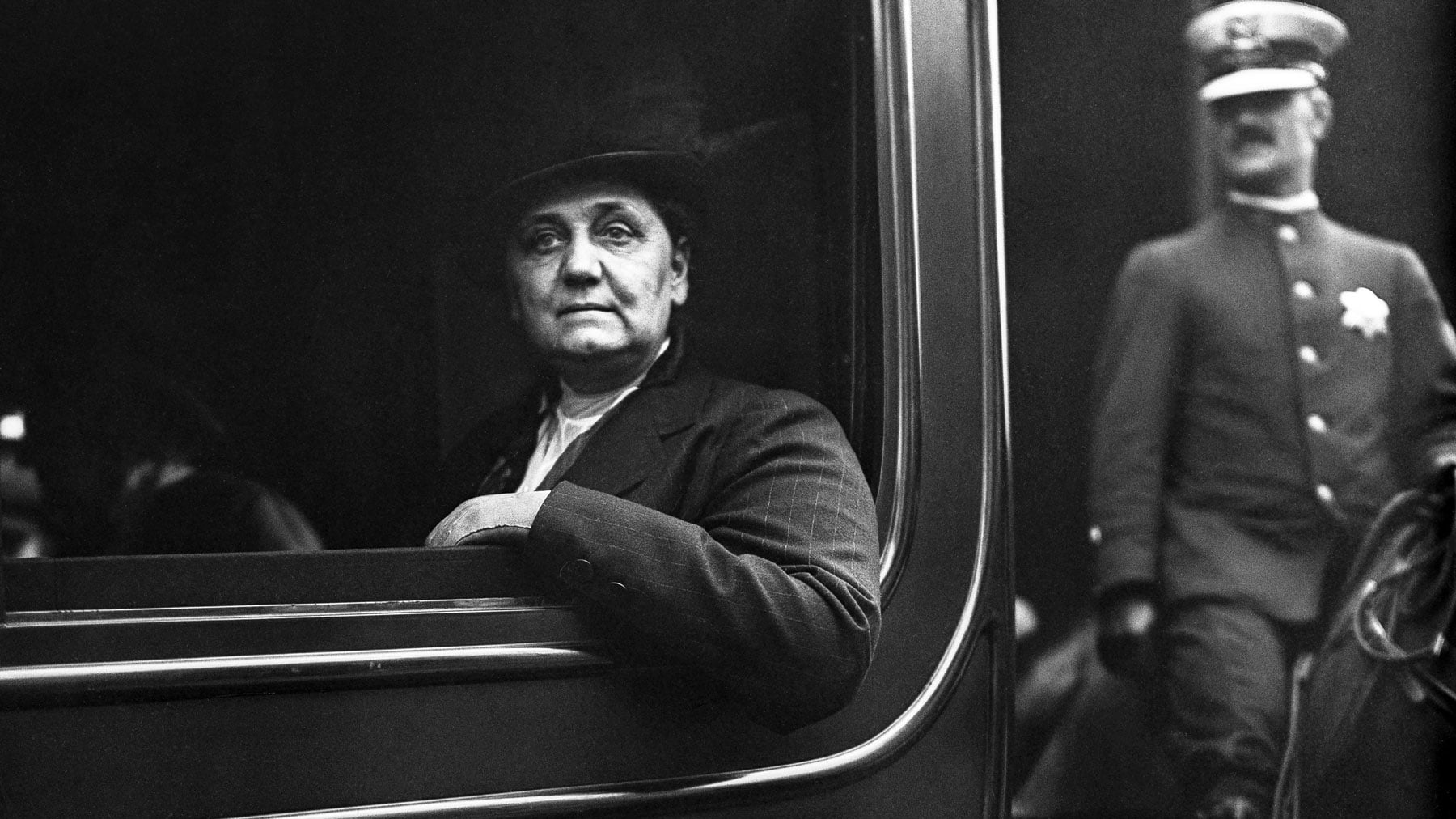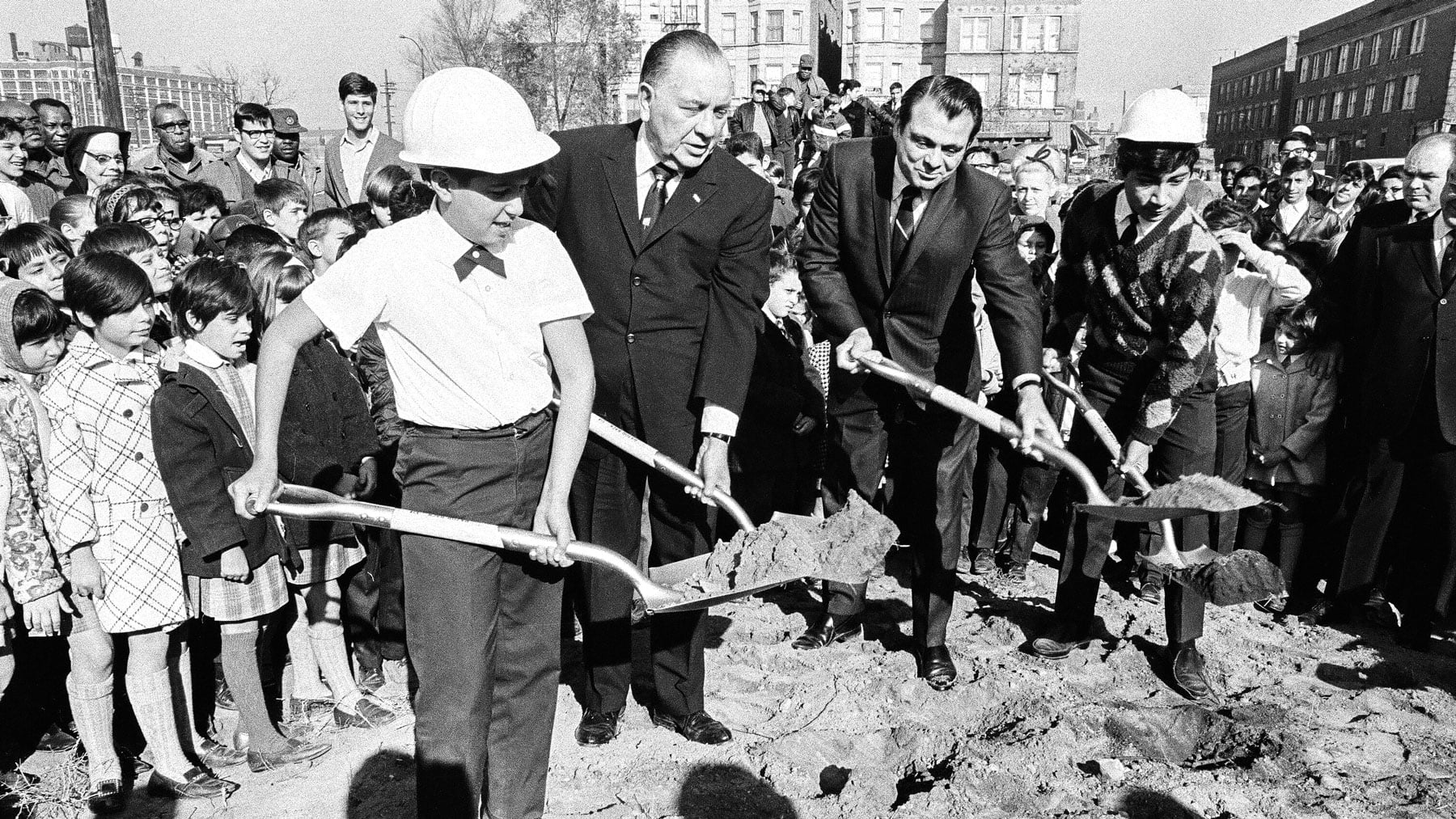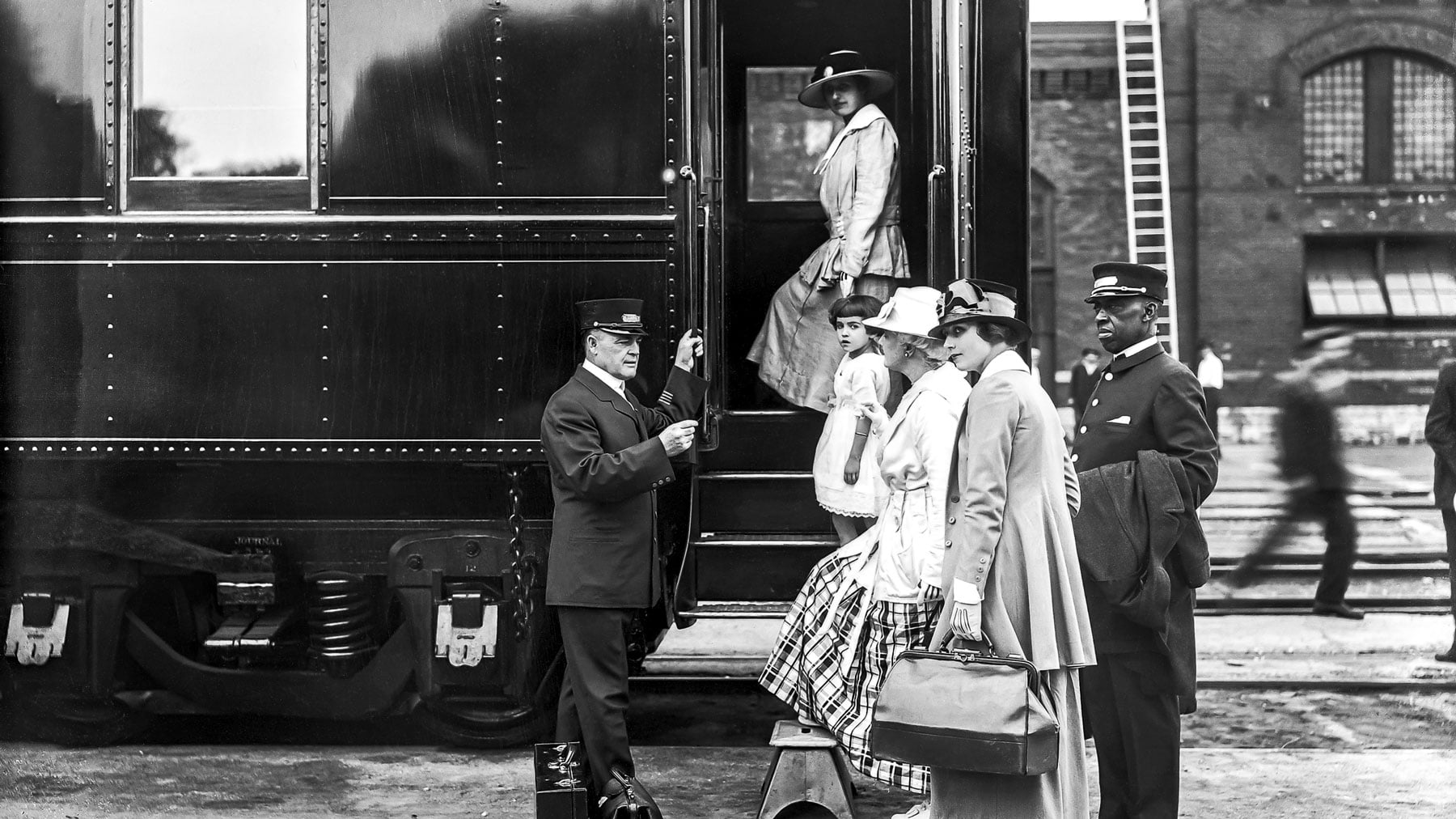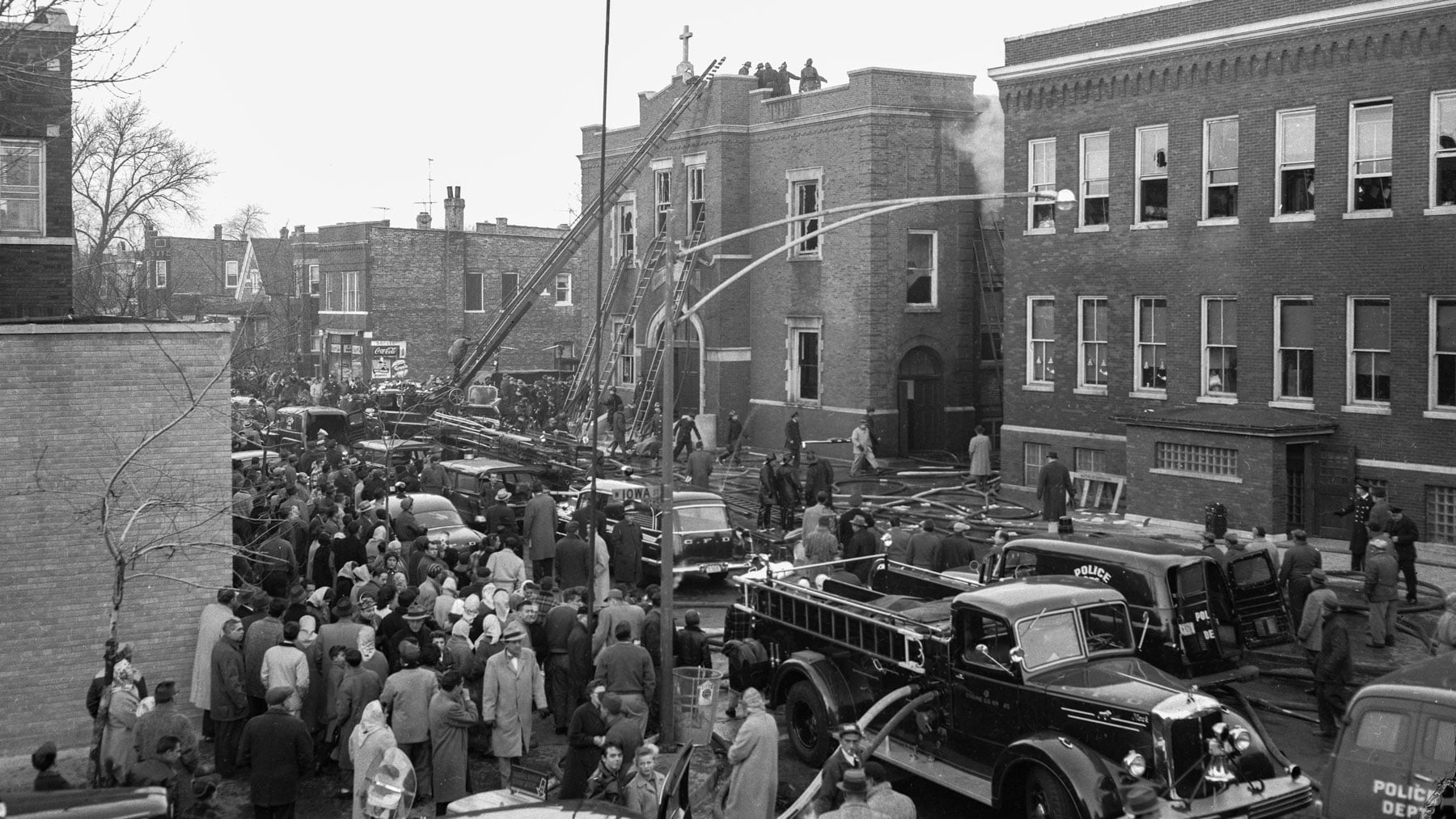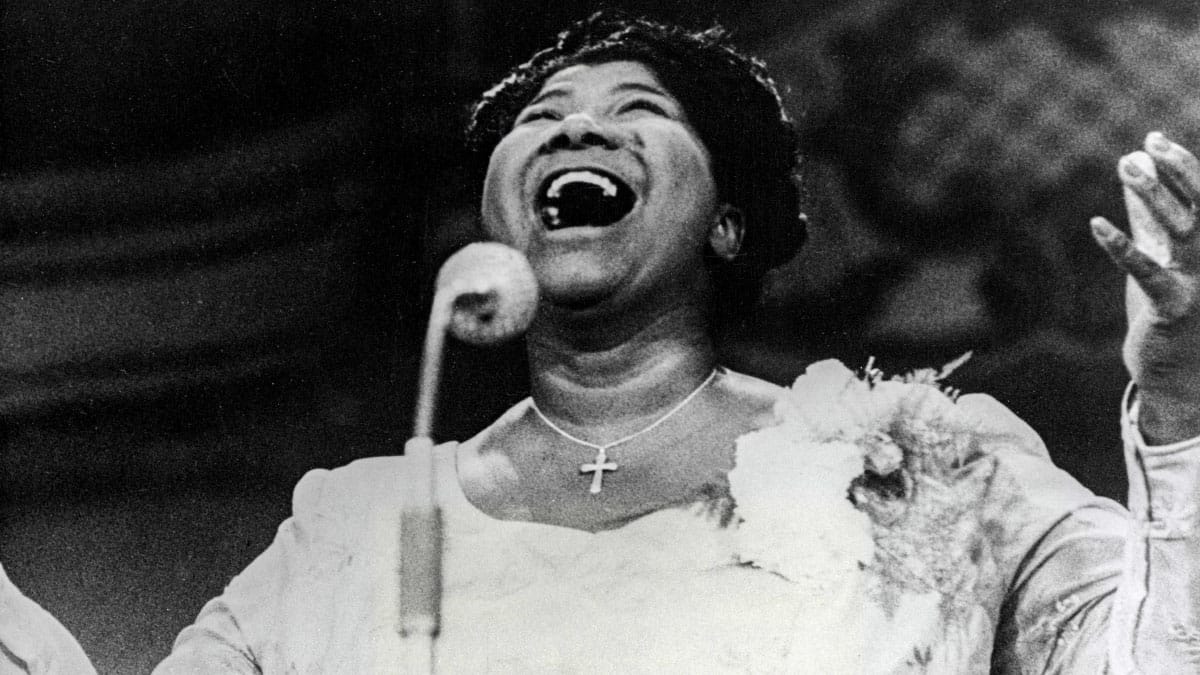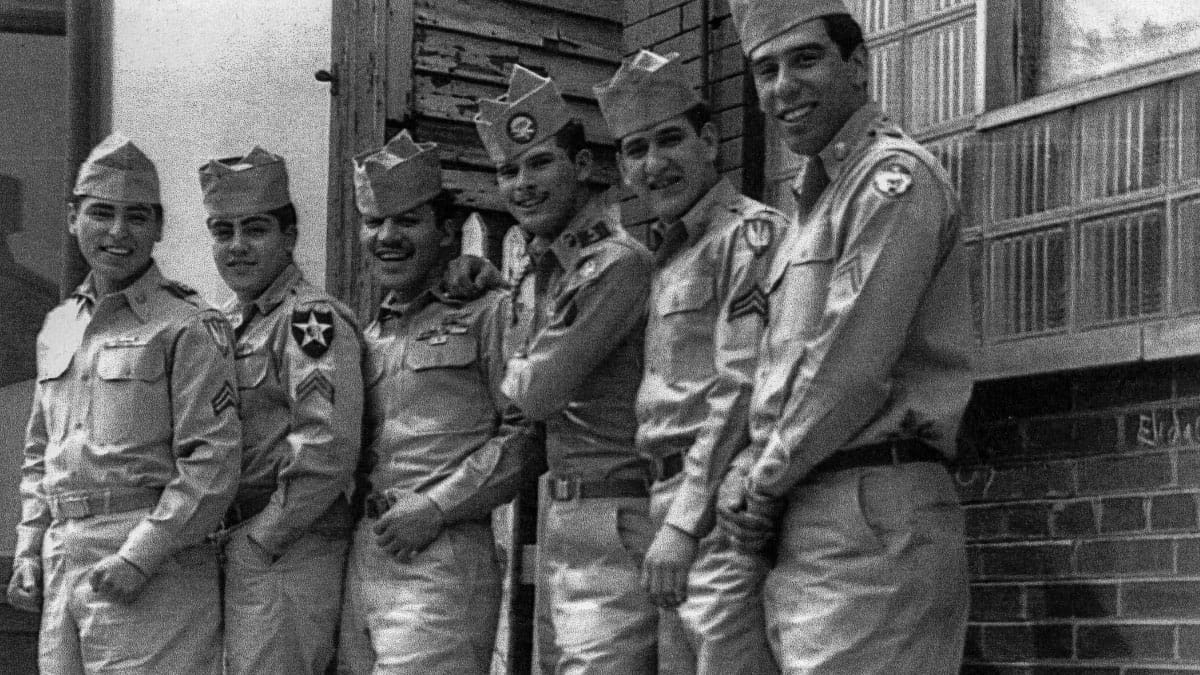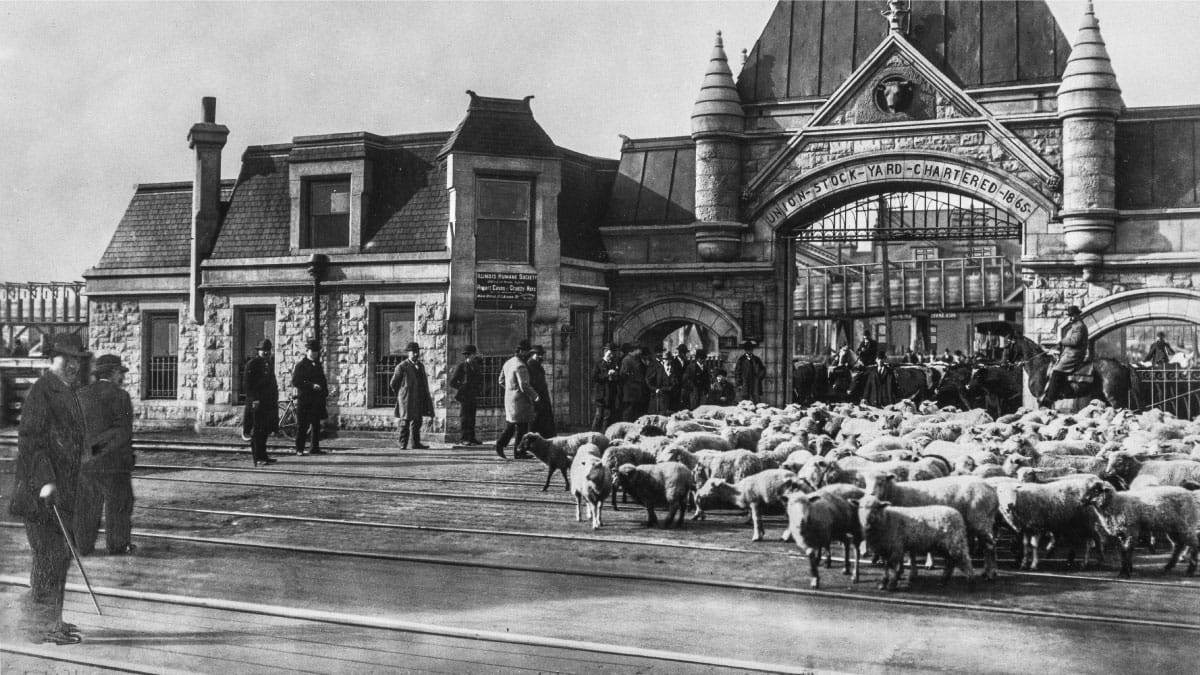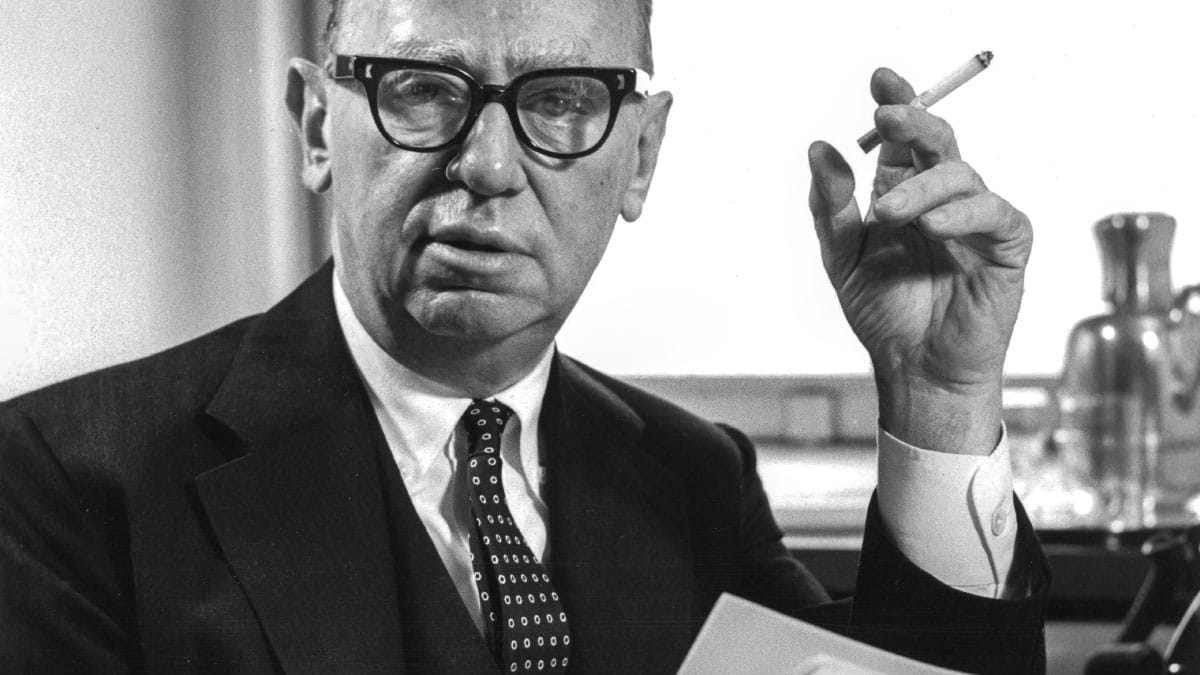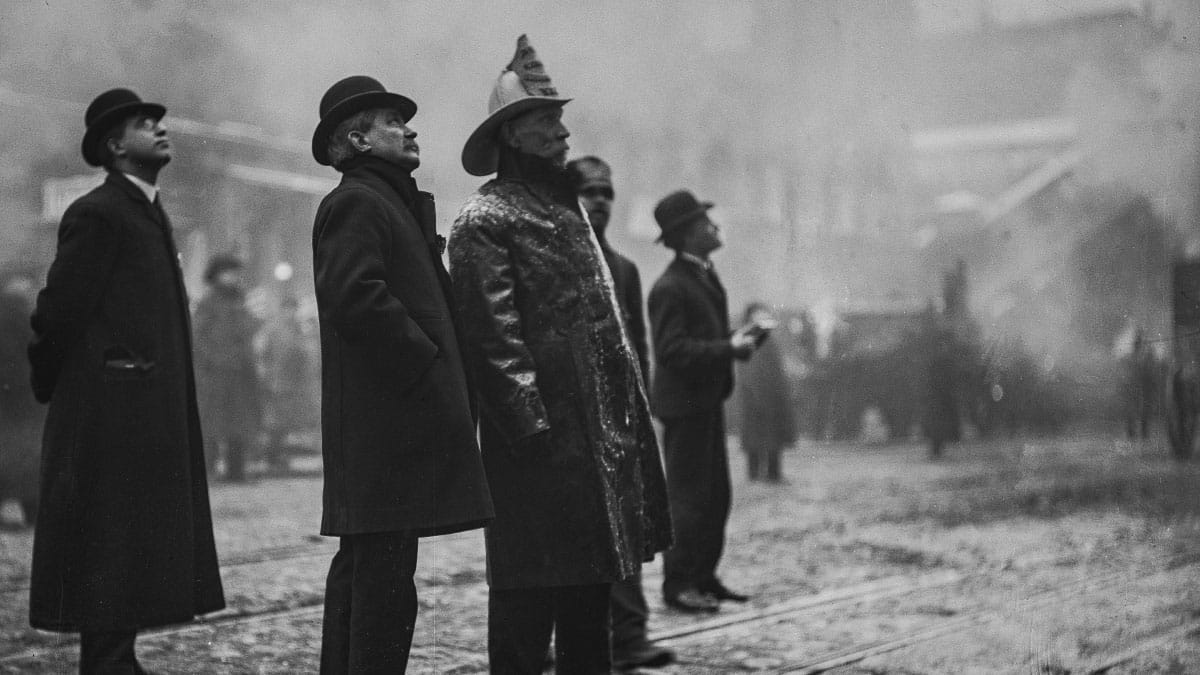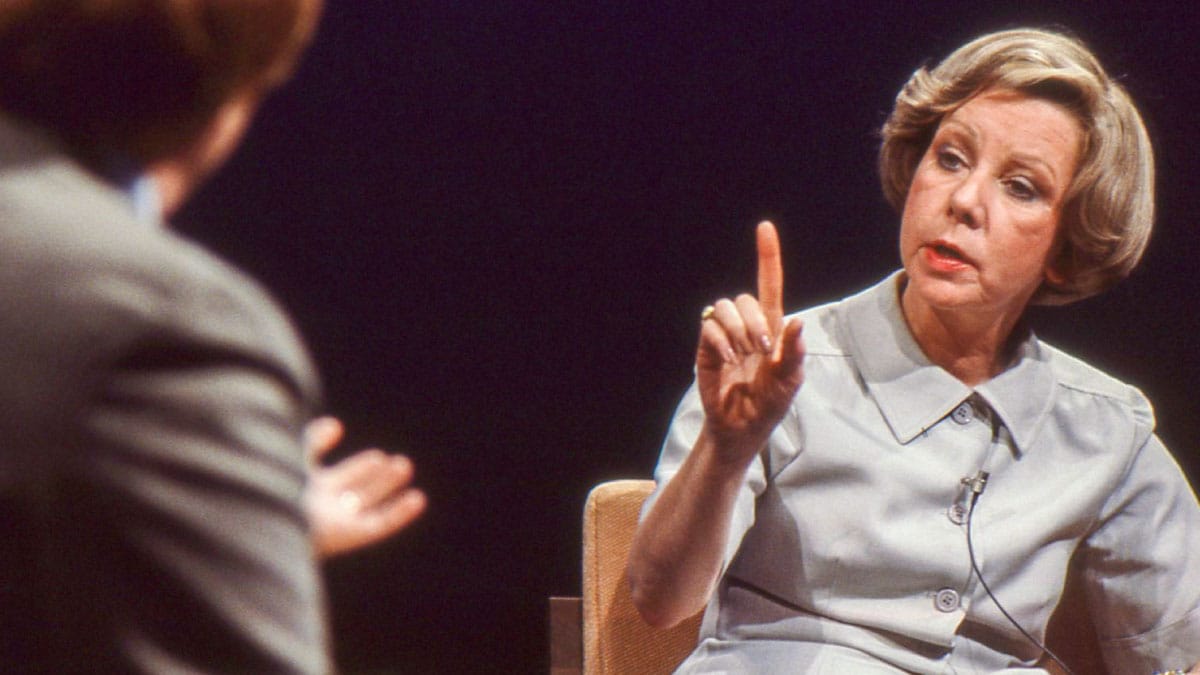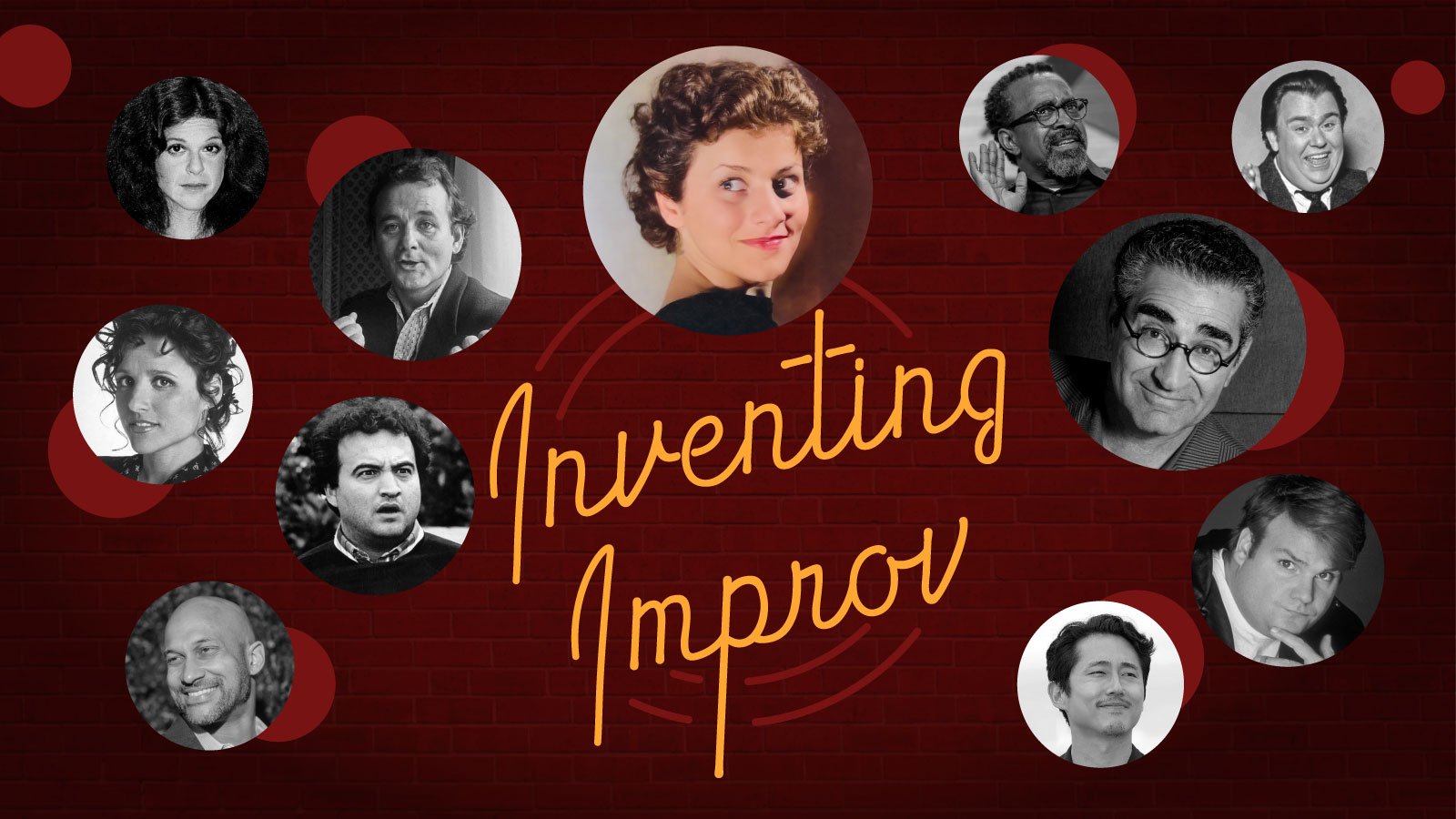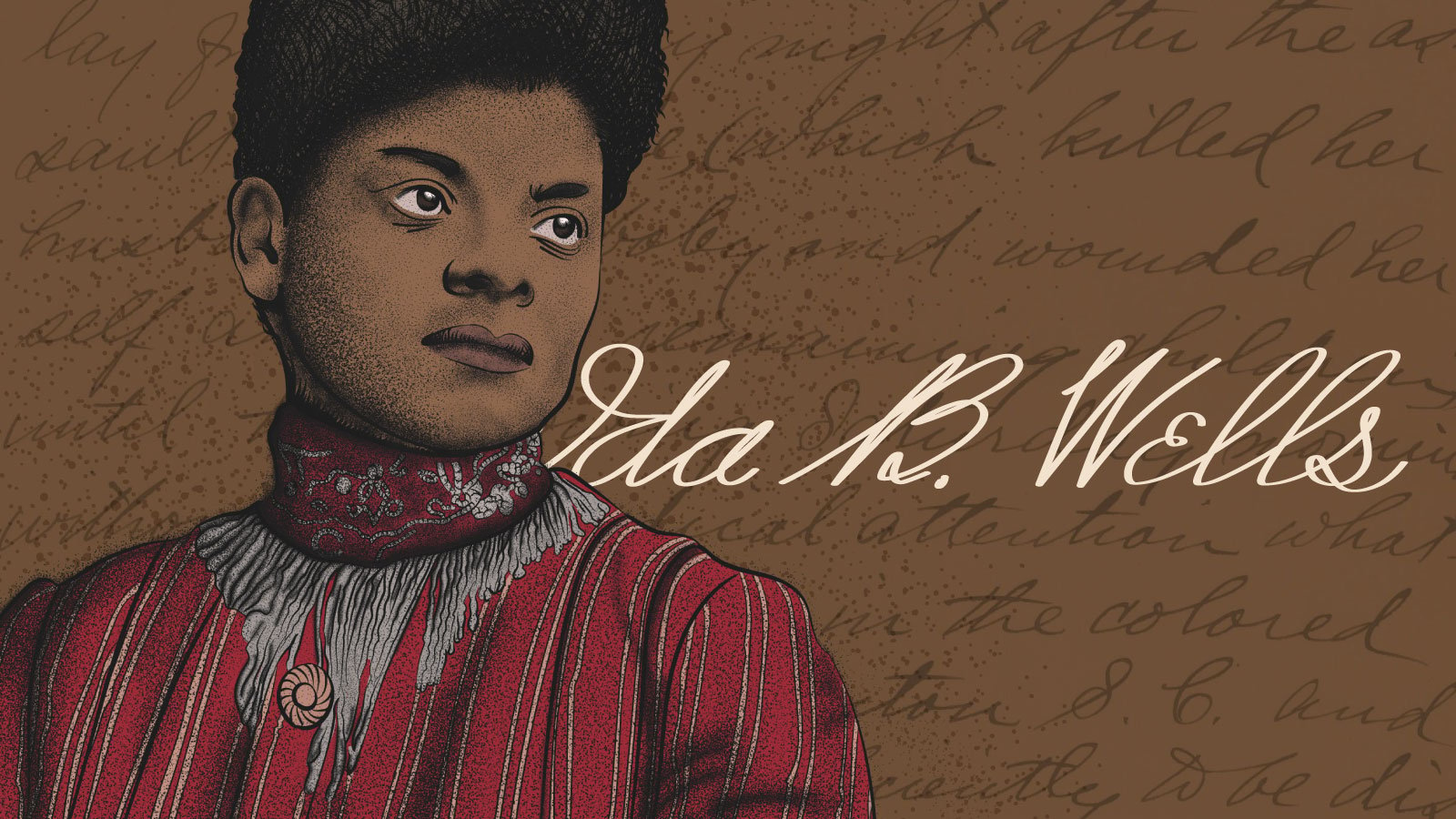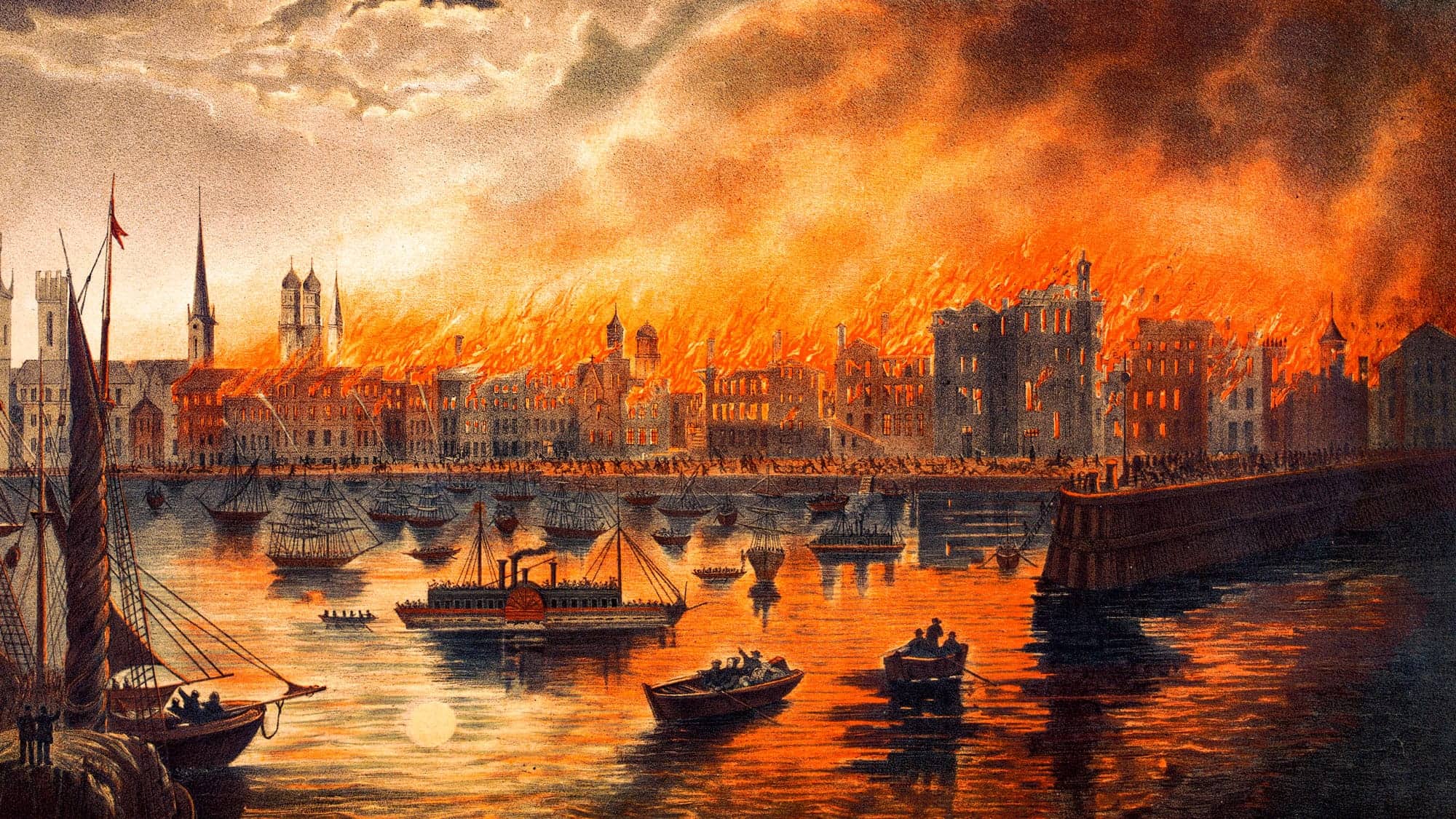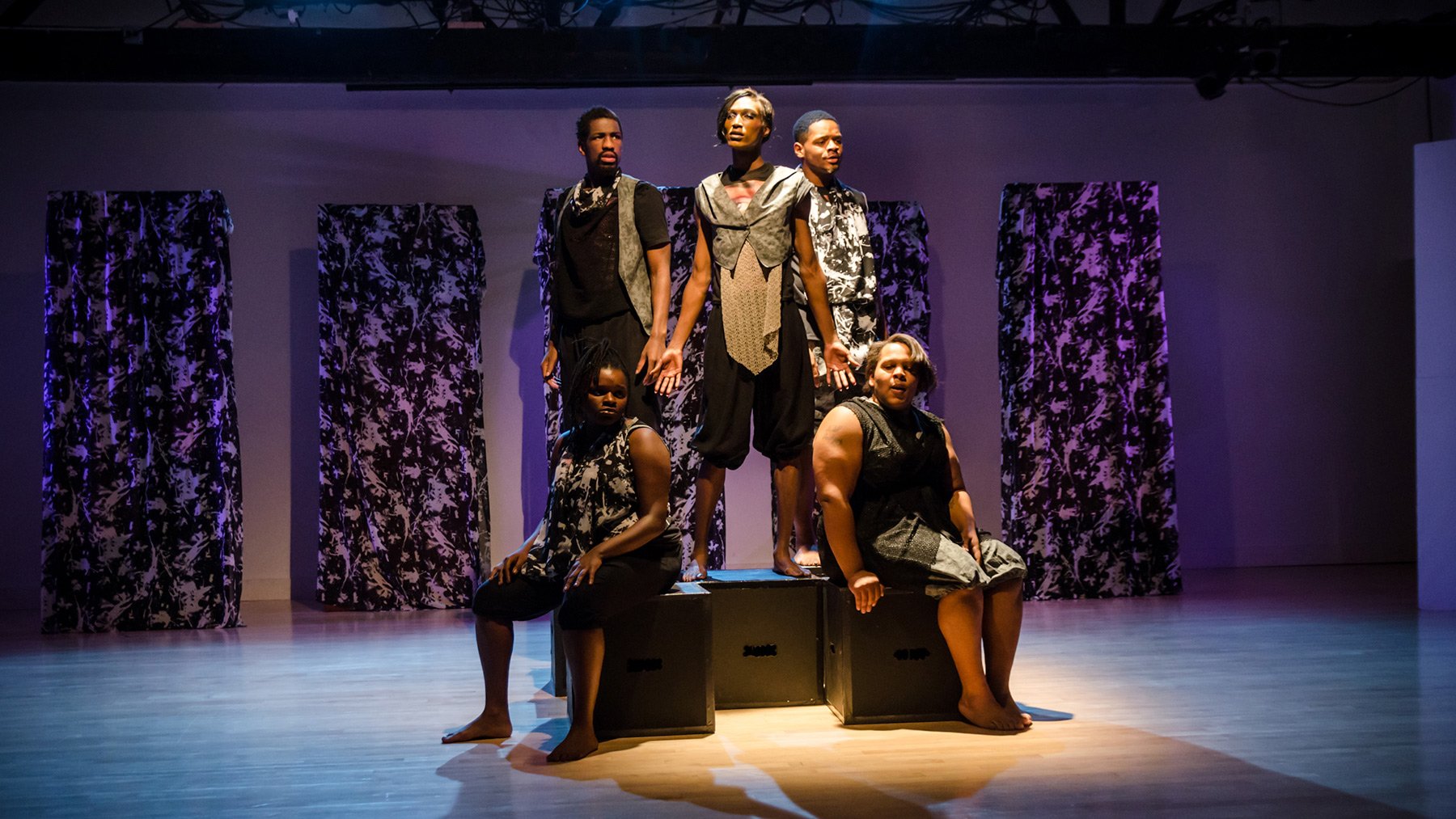Danny Sotomayor’s acerbic political cartoons were a key tool in his activism during the AIDS crisis in Chicago in the 1980s and ’90s. Drawing had long been a way for Sotomayor to express himself. David Sotomayor, Danny’s brother, told Chicago Stories it was also a source of comfort for Danny while growing up in a volatile household.
“Some of the characters or the creations…I think that was reflective of what was going on inside [Danny],” David said. “I don’t mean that in a bad way, but I mean in an expressive way.”
That kind of expression through art continues to be a form of healing and activism for LGBTQ individuals. One Chicago organization called the Youth Empowerment Performance Project (YEPP) is using various forms of expressive performance arts for LGBTQ youth experiencing homelessness, particularly gender-nonconforming people of color. Through community art programs, performance projects, and leadership programs, YEPP extends itself as a resource to LBGTQ youth in an effort to alleviate homelessness. Danny Sotomayor’s activism inspired one of YEPP’s co-founder, Bonsai Bermudez, who has found a personal and professional connection with Sotomayor’s legacy.
“I think the activism work of Chicago is one of the most instrumental activism work [being done] in the United States,” Bermudez said. “This queer community here in Chicago is badass and very inspiring.”
Bermudez, who uses both male and female pronouns interchangeably (and said they/them pronouns are OK to use, too), co-founded YEPP in 2011. Bermudez has a background in professional dance and got a master’s degree in clinical counseling. After working in more traditional medical settings, Bermudez said the needs of the young people they were working with weren’t being met.
“After two years of working in those settings,...young people [kept] asking for these things and we [were] not providing those things, so what else can happen here [so] that we can truly give to young people what they are looking for?” Bermudez said.
According to The Trevor Project, 28 percent of LGBTQ youth reported experiencing homelessness or housing insecurity at some point in their life. In addition, LGBTQ youth are more than four times likely to attempt suicide than their peers, and per their 2022 national survey, “LGBTQ youth of color reported higher rates of attempting suicide than their White peers in the past year.”
Bermudez says many of the people they work with at YEPP have attempted suicide. Many have experienced domestic violence and drug addiction or have been thrown out of their homes because of their sexual orientation or gender identities. Others have been involved in sex work or street economies or received an HIV diagnosis.
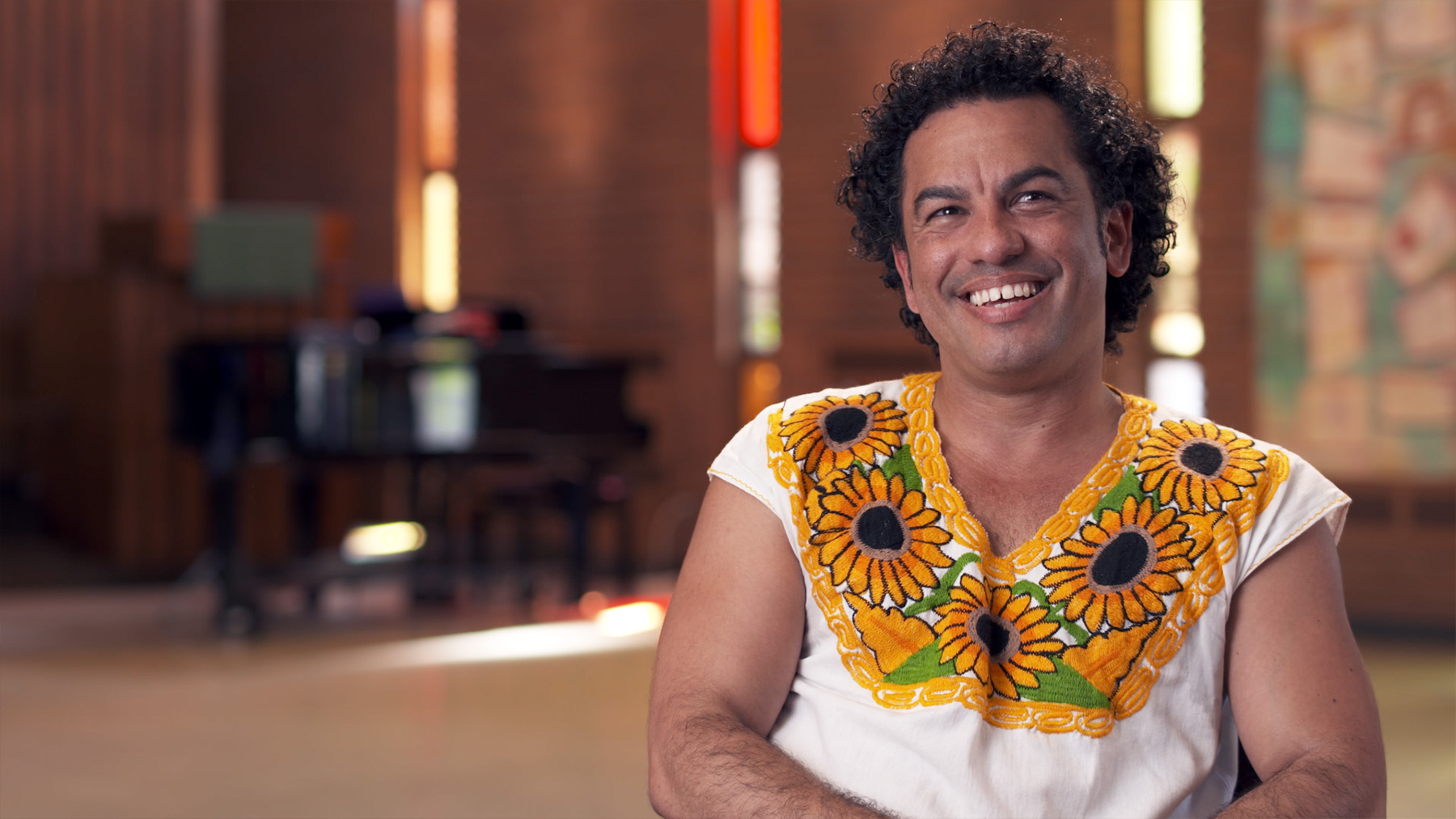
Bermudez can relate to some of those experiences, too. They grew up in Puerto Rico in what they describe as an abusive household. Bermudez said domestic violence, alcohol, drug use, sexual abuse, and police brutality were part of the environment that they grew up in.
“At 21, I decided to pretty much end my life. I was in an emotional, physical place where it was very hard for me to see myself in the future. The level of hope went down pretty fast,” Bermudez said.
Dance and theater were critical for Bermudez’s self-expression and survival. They also moved to New York for a while where they experienced what it was like to be part of an openly queer community.
“It was just an explosion of magic that I was experiencing,” Bermudez said. “As someone that still didn’t know what to do with my traumas, the theater became that container for me to feel safe, to feel heard and seen.
That became the guiding philosophy of YEPP, where performing becomes a safe space for young people to revisit their traumas. The cornerstone of YEPP is the Healing Performance Program, in which a small group of young people meet once or twice a week for several months and engage with what Bermudez calls “art expressive therapy.” They use writing, poetry, photography, movement, and other forms of artistic expression. It’s a combination of traditional group trauma therapy and art therapy.
The group then works together to create a stage performance centered on storytelling – particularly their own stories. The individuals may get up and perform a dance, spoken word, or even painting on stage. Together with theater professionals, they stage the show and travel to different cities to perform it.
For example, the very first Healing Performance Program that YEPP put on was called The Other Side of Hurt. The performers each examined “the first time that they were hurt in life and how, from that moment on, they built so many barriers and so many fears,” Bermudez said. Traveling back to those moments and revisiting them on stage allowed the performers to go back and “heal that moment in a way that they could come back to the present with a different self-understanding.”
Bermudez said there have been times that they weren’t sure how to keep the organization going. But Bermudez takes a page out of Danny Sotomayor’s sketchbook when it comes to the work: commitment.
“Something that I am appreciative of that Danny [did] is the commitment for change, the commitment for transformation, the commitment for justice, and the commitment to do something that helps us meet the needs of the people most in need,” Bermudez said.
Bermudez sees themself in Danny’s story, too. Like Bermudez, Sotomayor had family roots in Puerto Rico and came from a volatile household.
“Danny also went through that, too,” Bermudez said. “I read once that he used to hide under the stairs to do his drawing and to create that safe space for himself. Same here…many times I had to hide and read my book or do something so that I could create that safe zone within me, within my existence.”
Looking back at the AIDS crisis, Bermudez said that Chicago activists excelled at making visual art part of the movement. “Die-in”s utilized the imagery of people wearing lab coats covered in fake blood or groups of people lying on the street to represent the number of AIDS deaths. Sotomayor regularly used his nationally syndicated political cartoons to draw attention to the crisis, and he created his own bus advertisements in the 1989 CTA bus protest.
“Danny was a very instrumental activist here in Chicago to anchor the movement through a visual art movement,” Bermudez said. “I think Danny is a rock star, like how he channeled his energy to build and to bring healing and to bring togetherness.”
That’s what Bermudez is trying to do with YEPP’s work. In the same way that LGBTQ activists brought such issues as the AIDS crisis or marriage equality to the mainstream, Bermudez wants to bring LGBTQ youth homelessness and mental health to center stage and shine a light on them.
“It’s critical. It’s just beyond critical. Unfortunately, these 12 years, I have experienced many young people ending their lives…It’s literally life-or-death work that we do here,” Bermudez said. “The commitment that I have for this specific community keeps waking me up every single day to do my absolute best. Hopefully in 5, 10, 15 years from now, we can have these conversations more on the front lines of the ultimate work.”

